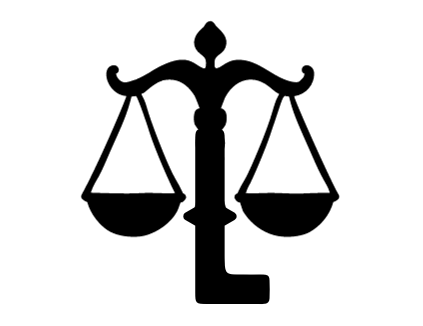Deepfake technology is one of the fastest-growing cyber threats today. While it can be used for creative purposes, it is also misused in scams, frauds, political misinformation, and sextortion cases. Identifying deepfakes has become essential for online safety.
Look for Visual Inconsistencies
Deepfake technology often struggles with creating realistic visuals in certain areas. Some common signs include:
-
Unnatural or infrequent eye blinking
-
Lip movements not perfectly matching the spoken words
-
Shadows and lighting on the face that do not match the background
-
Blurred or distorted edges around the hairline, ears, or face
Analyze Facial Expressions and Movements
Human facial expressions are naturally diverse, but deepfake models sometimes fail to capture them accurately. Watch out for:
-
Stiff or robotic head movements
-
Facial expressions that do not match the tone of the voice
-
Overly smooth skin or textures that look artificial
Examine the Audio
Audio manipulation is another indicator of a deepfake. Warning signs include:
-
A voice that sounds robotic or unnatural
-
Words that do not sync properly with the lip movement
-
Background sounds that do not match the environment shown in the video
Use Reverse Search Tools
If you suspect a video is fake, try checking if the footage exists elsewhere.
-
Use Google Reverse Image Search or video analysis tools like InVID.
-
Compare with credible sources to see if the video has been altered.
Leverage AI Detection Tools
Several online tools can help detect deepfakes, including:
-
Deepware Scanner
-
Microsoft Video Authenticator
-
Sensity AI
-
InVID WeVerify
These tools analyze videos for manipulation and provide a reliability score.
Verify the Source
The credibility of the source is crucial.
-
Was the video posted by a verified account?
-
Is the video covered by reliable media outlets?
-
If the content seems sensational but lacks credible confirmation, it could be fake.
Trust but Verify
If a video feels too unrealistic or shocking, always double-check before sharing. Deepfake scams often rely on people reacting quickly without verification.
What to Do If You Find a Deepfake
-
Do not share the video further.
-
Report it on the social media platform.
-
If it involves fraud, defamation, or obscene content, file a complaint at www.cybercrime.gov.in or call the Cyber Crime Helpline 1930.
-
Seek help from a cyber crime lawyer if the video causes personal or financial harm.
Deepfake technology is advancing, but by paying attention to visual details, audio inconsistencies, and the credibility of sources, you can identify manipulated videos. Staying alert and verifying before believing is the best way to protect yourself from deepfake scams.
Disclaimer:
This blog is for informational purposes only and should not be treated as legal advice. We are not doing any advertisement or solicitation work. If you are a victim of cyber crime, immediately contact the National Cyber Crime Helpline (1930) and file a complaint on www.cybercrime.gov.in.
